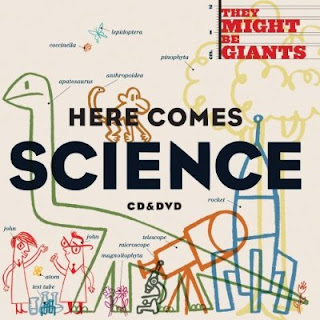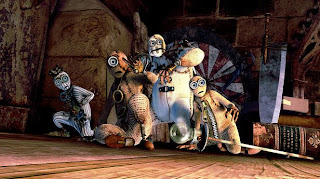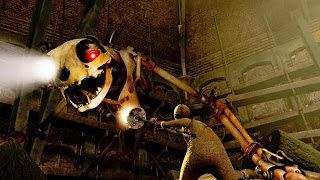
The card game Fluxx has covered the normal world, the world of Monty Python world, and a world where zombies attack. So what's next? Invading the Earth, courtesy of Martian Fluxx.
In Martian Fluxx the players take on the roles of the Martians. As with previous Fluxx games, players accumulate Keepers, add New Rules to the initial "Draw 1, Play 1," play Goals that will let a player win, suffer Creepers that keep them from winning (or meet a Goal's requirements), and use Action cards for a variety of effects.
Some of the Rules and Actions are the same as previous versions of Fluxx, but the rest have an appropriately alien feel. Keepers include the Tentacle, Tripod, Space Suit, and very useful Mind Control Transmitter. Those pesky Creepers are now such hinderances as a Pathetic Human or Germs. Goals may involve "invading" specific cities, finding Two All-Beef Earthlings (two Cows), or Skloozmo! The Ungoal "Retreat" ends the game with no winner, and a promo card, shown below, gives you more cards for speaking with an alien accent!
 Martian Fluxx follows the rules of the previous Fluxx games exactly, which is both a strength and a weakness. The game plays exactly like older Fluxx games, so anyone hoping for interesting changes or variations will be disappointed. That said, the rules are still very easy to learn -- new players can start in less than five minutes, experiences players can start almost immediately -- and there's plenty of humor in the cards. Martian Fluxx isn't a departure from the Fluxx formula, but it's still funny and fun to play. Now where is that second Cow...
Martian Fluxx follows the rules of the previous Fluxx games exactly, which is both a strength and a weakness. The game plays exactly like older Fluxx games, so anyone hoping for interesting changes or variations will be disappointed. That said, the rules are still very easy to learn -- new players can start in less than five minutes, experiences players can start almost immediately -- and there's plenty of humor in the cards. Martian Fluxx isn't a departure from the Fluxx formula, but it's still funny and fun to play. Now where is that second Cow...Overall grade: B
Reviewed by James Lynch























